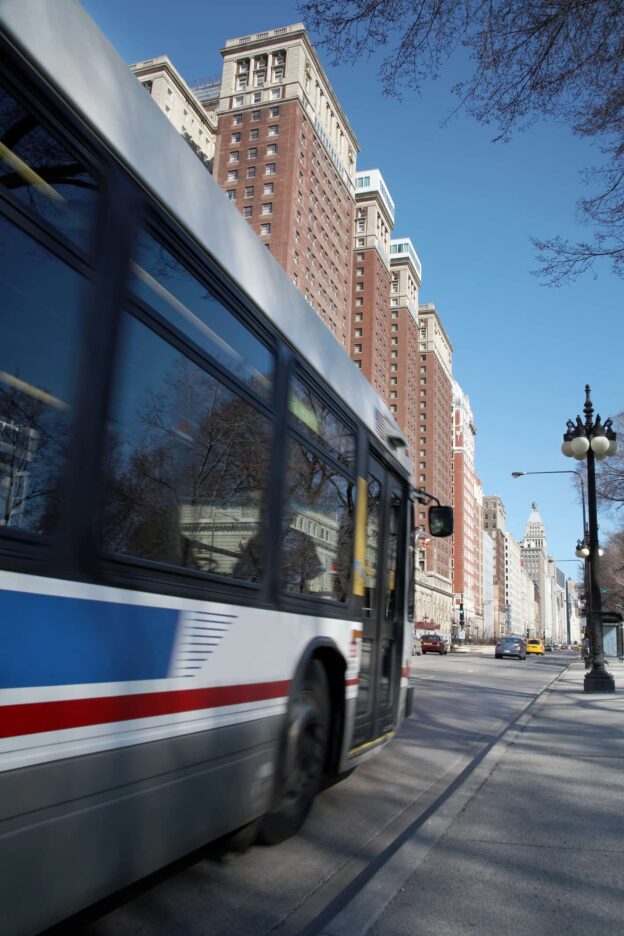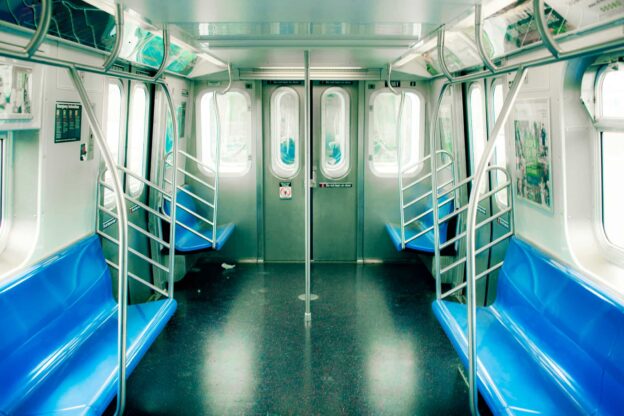The Metropolitan Transpiration Authority (MTA) has the largest municipal bus fleet in the country, with around 5,725 buses that run all on over 200 local and 30 express routes through all five boroughs. Although this affordable and convenient public bus system in is one of the best things about living in NYC, it is not immune to accidents that cause serious injuries to riders, pedestrians, and drivers.
If you have been involved in a bus accident in New York City, here’s what you need to know about handling MTA injury claims.
How MTA Bus Accidents Happen
MTA buses are involved in many collisions each year with other vehicles and stationary objects, while slip-and-fall accidents on buses also occur due to wet or icy conditions. Bus accidents can occur due to a bus driver’s negligence, distracted driving, or intoxication. Crowded urban areas could be to blame for a bus accident, as well as poor road conditions due to weather or construction. You could also be injured by a bus if the MTA does not properly maintain its buses or address equipment defects in a timely manner.
Common Bus Accident Injuries
Depending on the nature of the accident, many kinds of injuries can result if you are hit by a bus. Even if the accident is minor, you may experience whiplash, cuts, scrapes, and bruising. But since buses are so large and can pick up speed on city streets, your injuries may also involve broken bones, severed limbs, a concussion, or even death.
Suing the MTA for an Accident
There are special legal procedures that must be followed if you wish to sue the MTA for bus-related injuries. One option is to file a claim with the at-fault driver’s insurance company if another car caused the bus accident. But you may also able to file a lawsuit against the MTA to pursue the transportation authority directly for the company’s or bus driver’s negligence.
In some cases, the MTA is found to be partially responsible for the accident, while the bus driver or another vehicle’s driver is also to blame for certain aspects of what happened to make you injured. This is especially true if the MTA did not property background check or train bus drivers before hiring them. Big organizations like the MTA are equipped with insurance coverage to compensate accident victims more than just the bus driver alone likely could.
Like other types of personal injury cases, MTA injury claims have a statute of limitations, so you could miss out on the compensation you deserve if you don’t act quickly.
Proving Negligence in a MTA Bus Accident
When it comes to proving negligence in bus accidents, the circumstances are often complicated because several parties could be at fault. These cases are not always clear-cut, and bus accidents often fall under common carrier law with high standards for keeping passengers safe during transport. The bus driver, MTA, a third-party driver, pedestrian, or even the manufacturer of the bus could be held liable for a person’s injuries after a bus accident.
Pursuing the MTA for your injury claim involves showing that this transit carrier actually caused your injuries due to negligence. But unlike other types of accident claims, the burden of proving duty to care for passengers is well-established because of common carrier laws. However, it is still very beneficial to collect as much evidence as possible to support your claim, including photographs of the accident scene, police reports, weather reports, witness statements, photographs of injuries, medical bills, and proof of lost wages.
How a NYC Injury Attorney Can Help
Dealing with the MTA can be tricky, which is why you need an experienced NYC injury lawyer on your side who knows how to handle mass transit accidents and the entities involved. The Law Office of Jeffrey K. Kestenbaum has worked with many clients in successfully pursuing MTA injury claims and getting victims compensated for their medical expenses, lost wages, and pain and suffering.
Don’t be intimidated by powerful organizations like the MTA if you have been involved in a public transit accident. We are prepared to take on the MTA and any other liable parties to protect your rights and help you get your life back to normal. To learn more, please contact us online or at 718-237-5586.












 When you step onboard a bus or train, the last thing you’re likely thinking of is getting into an accident. However, public transportation accidents are actually very common and the results often devastating.
When you step onboard a bus or train, the last thing you’re likely thinking of is getting into an accident. However, public transportation accidents are actually very common and the results often devastating.